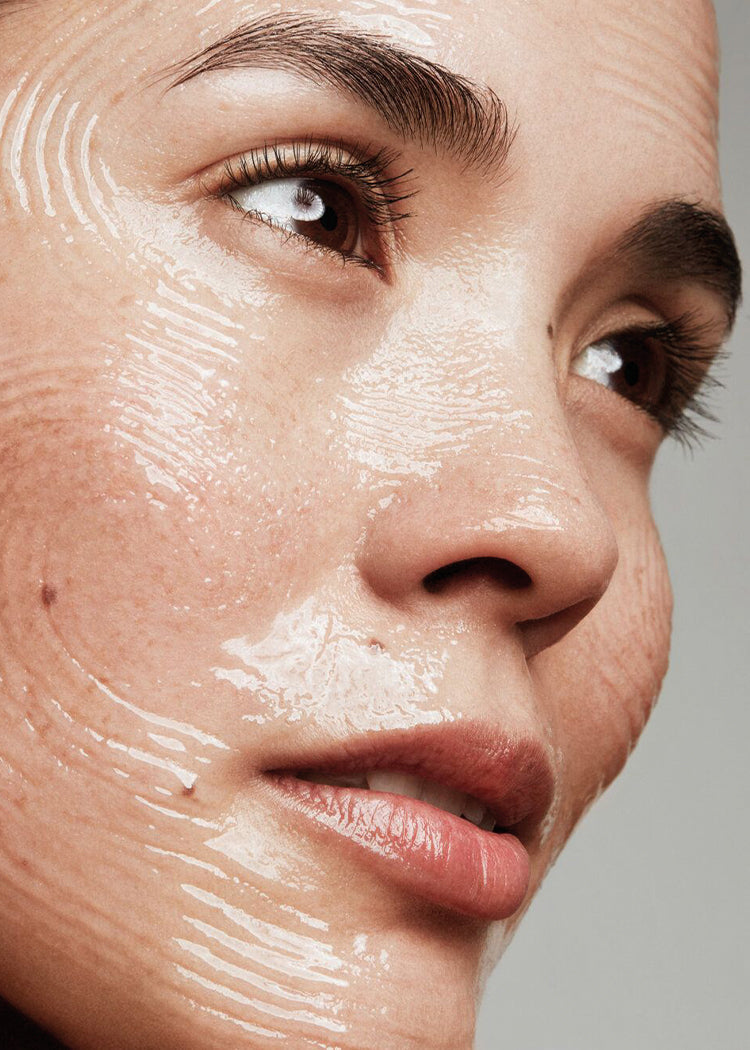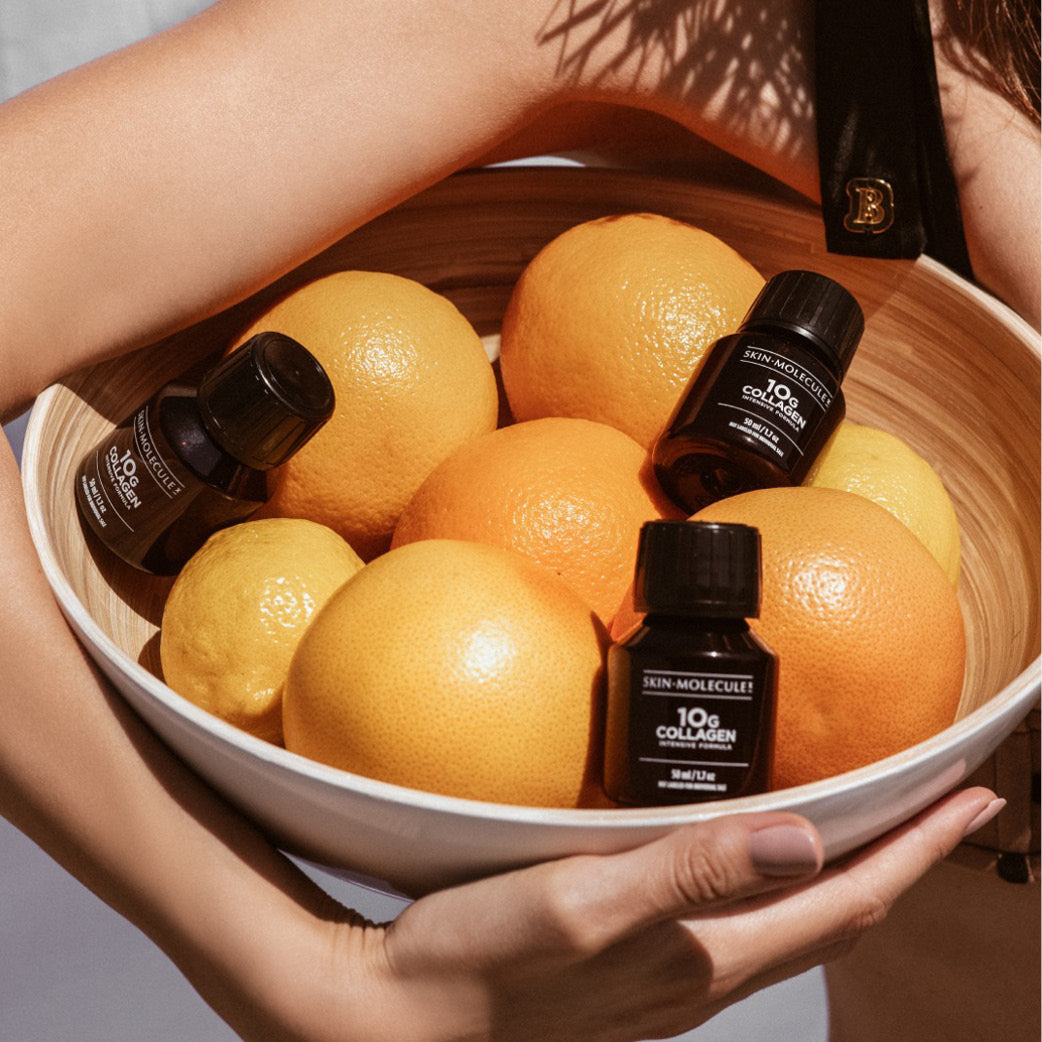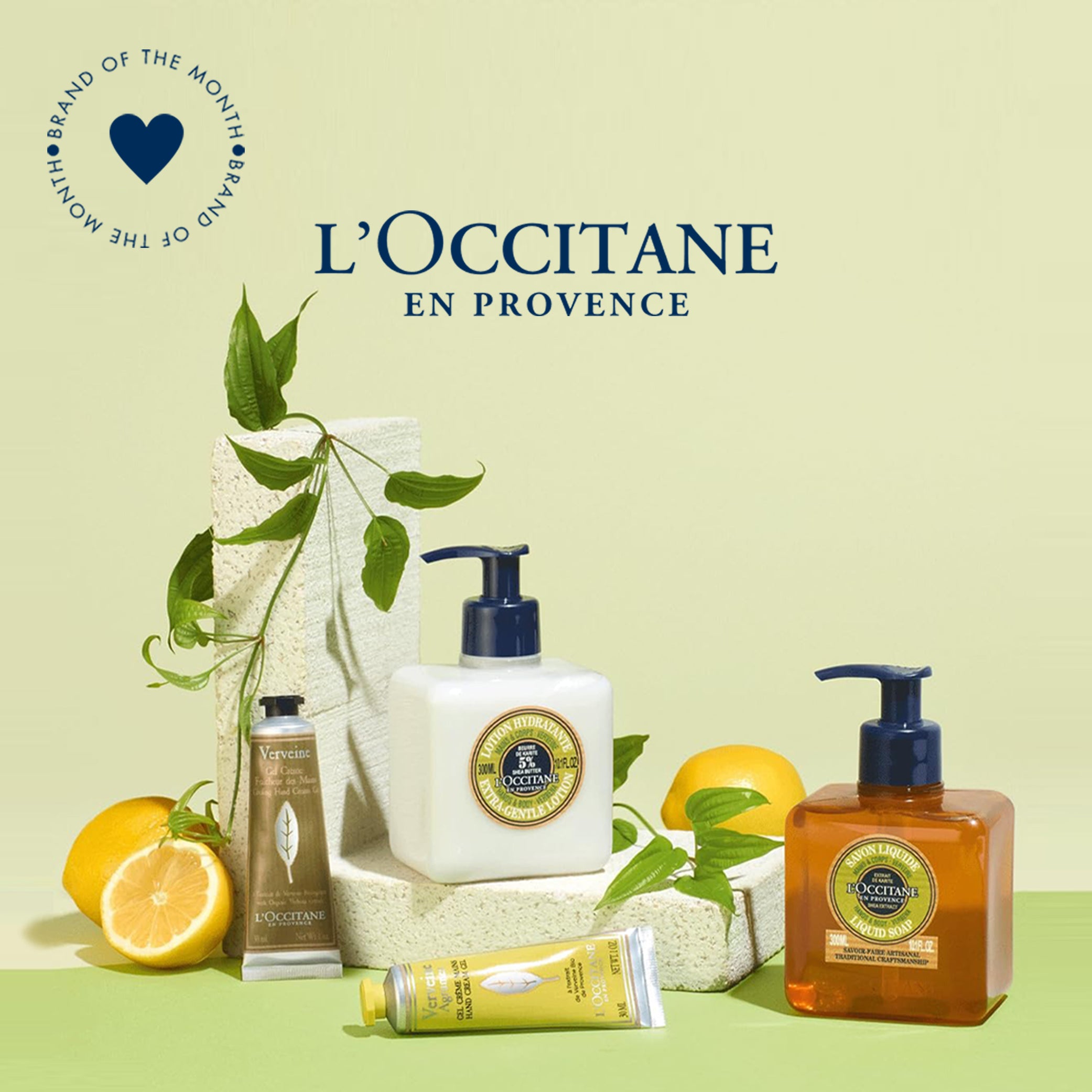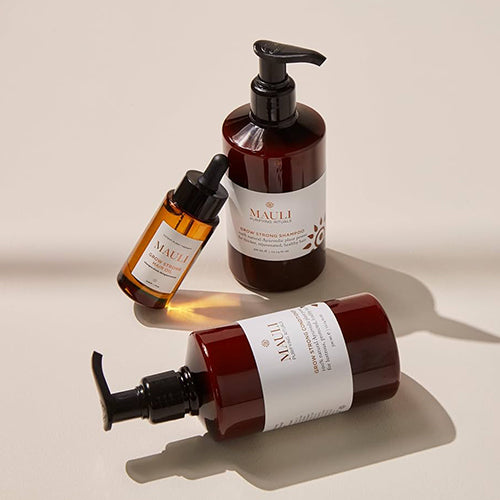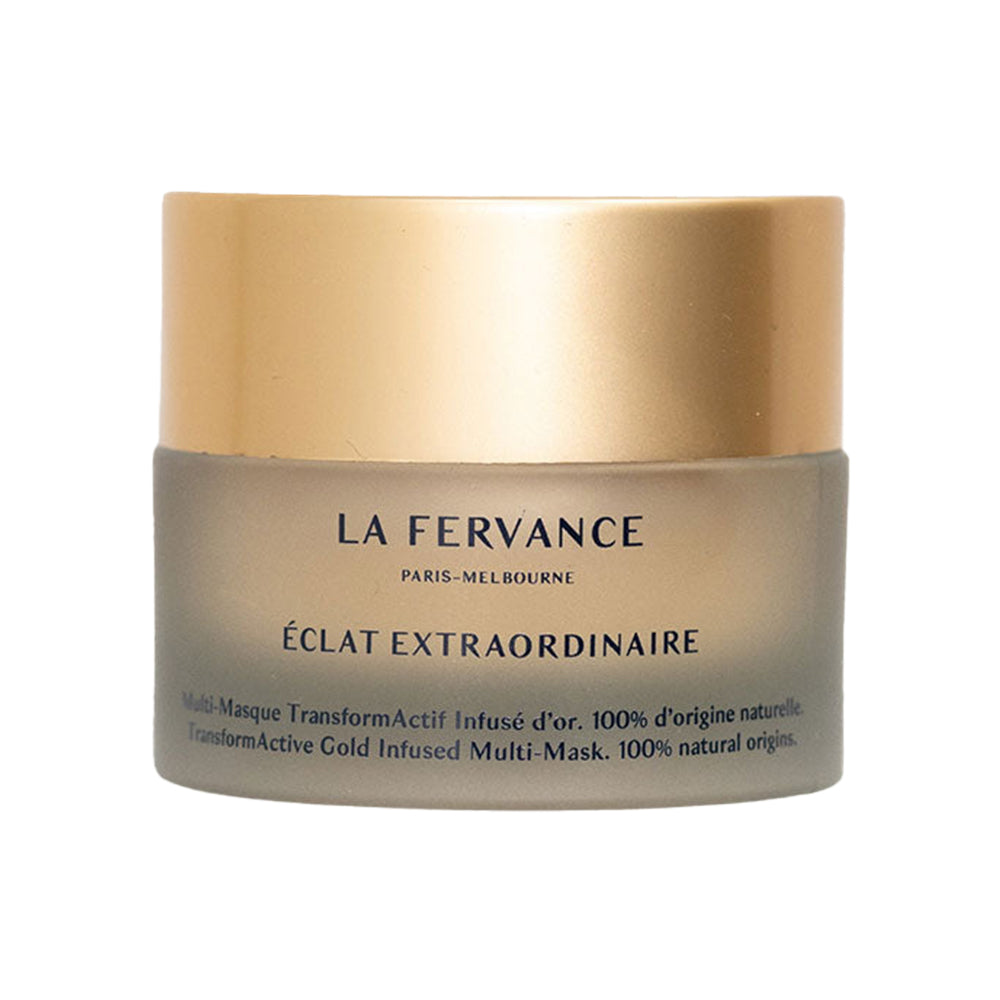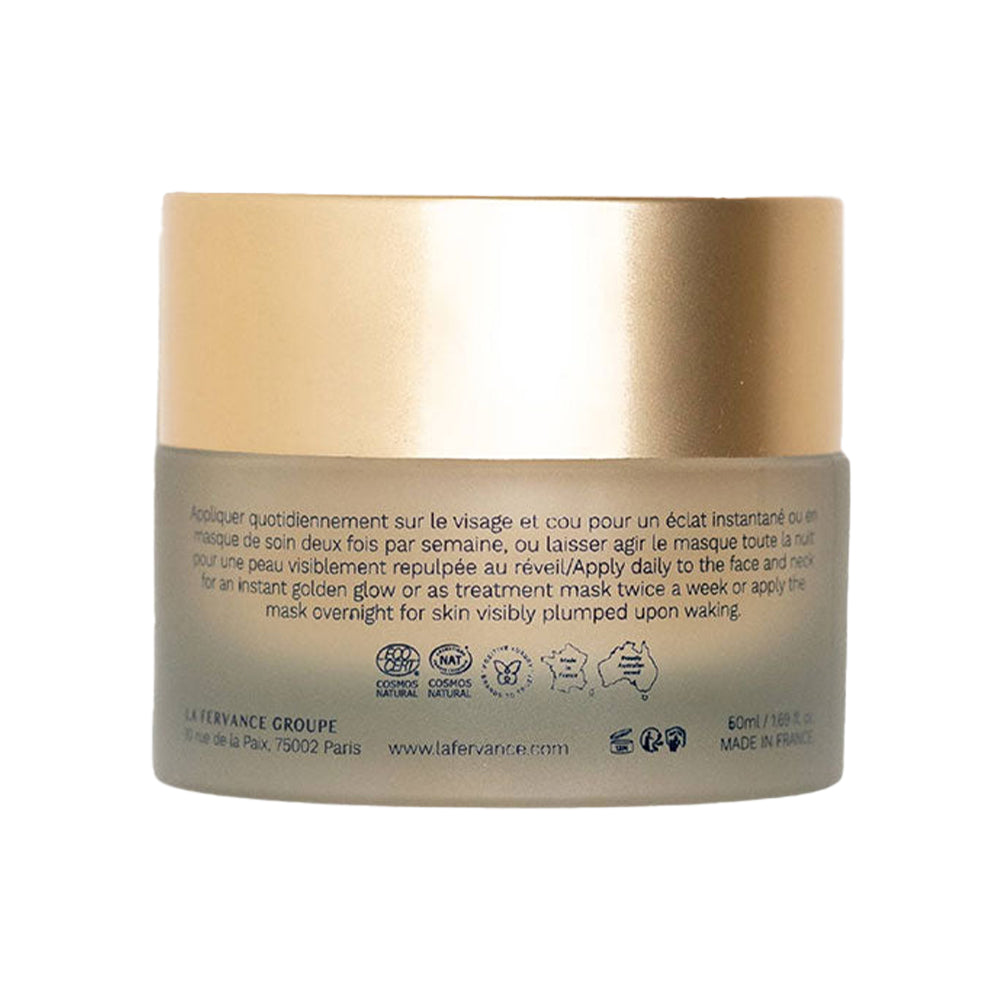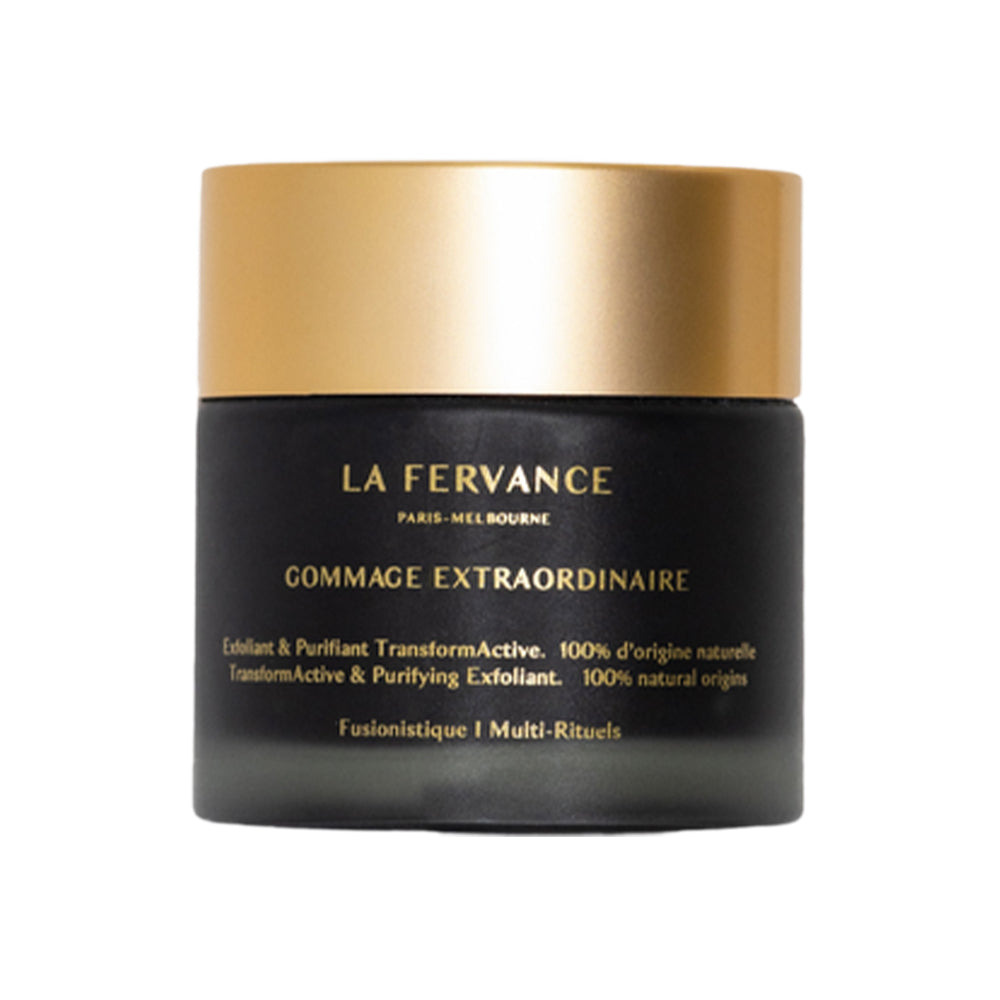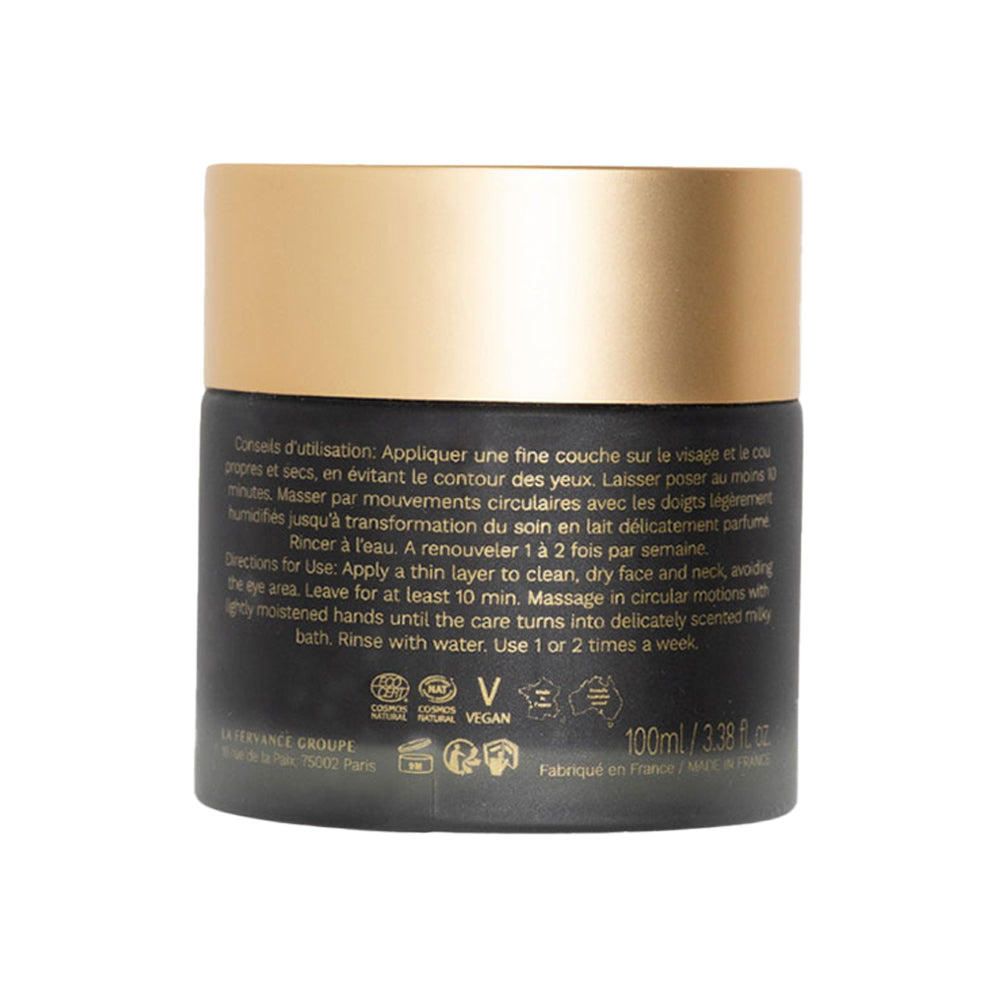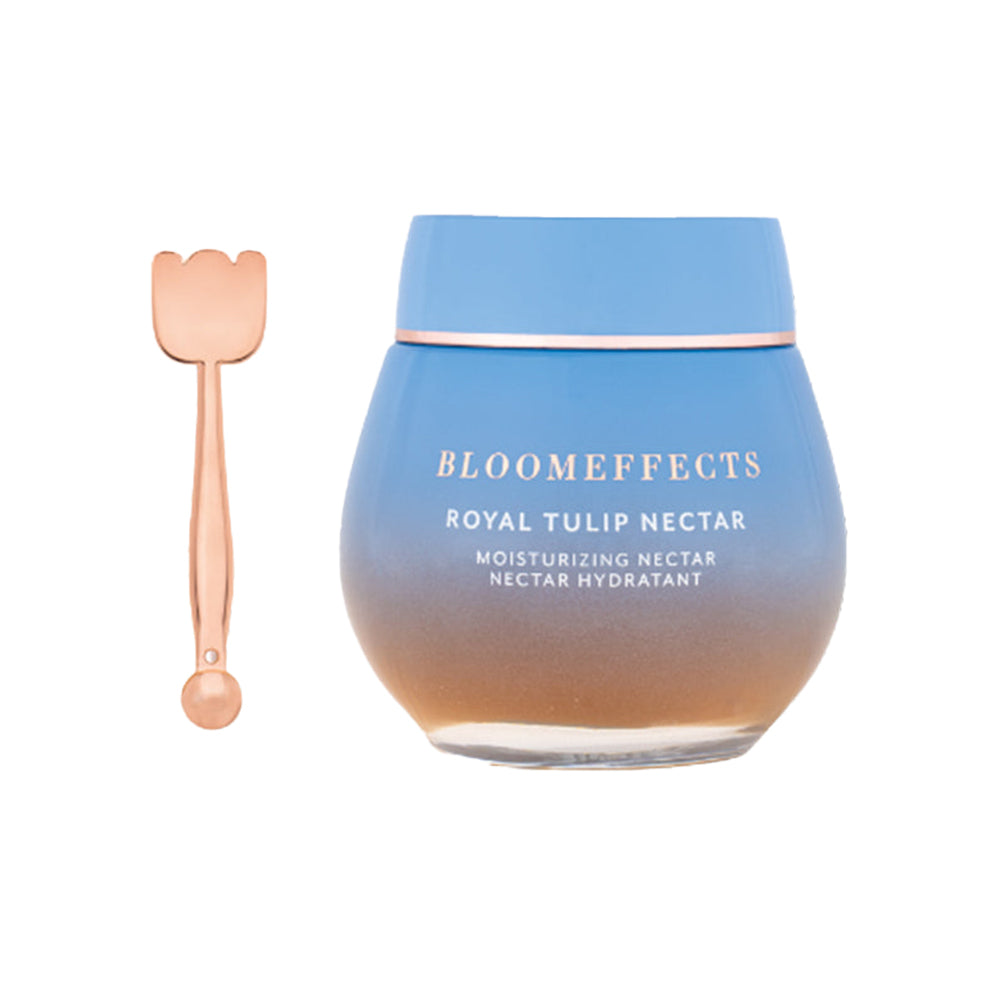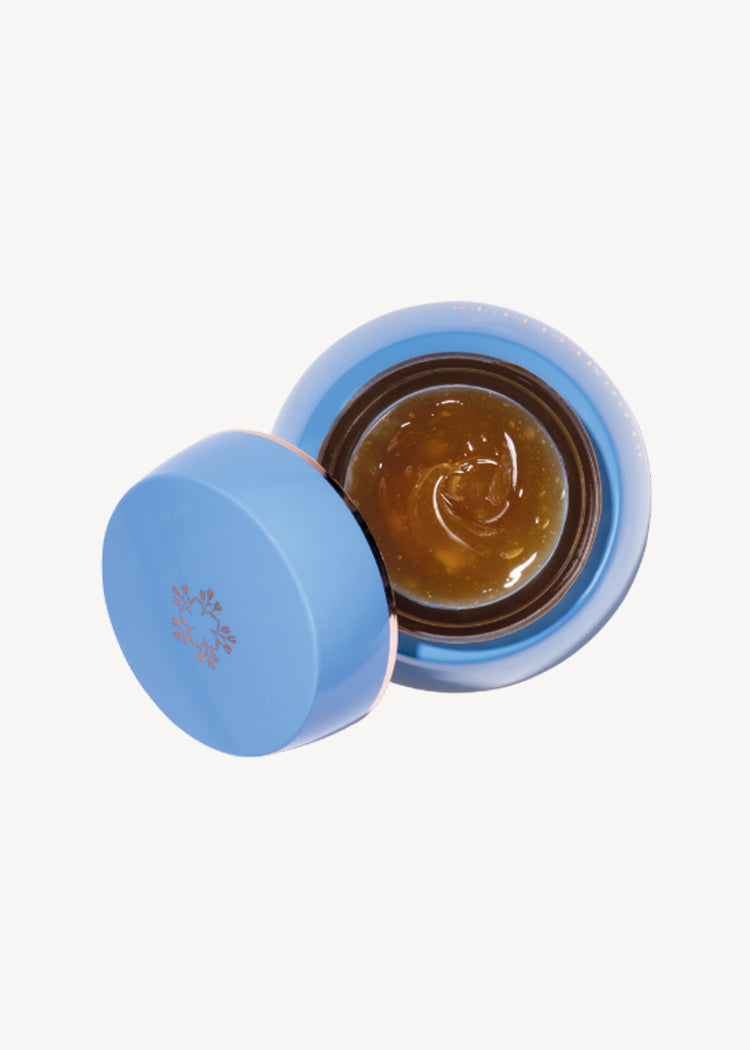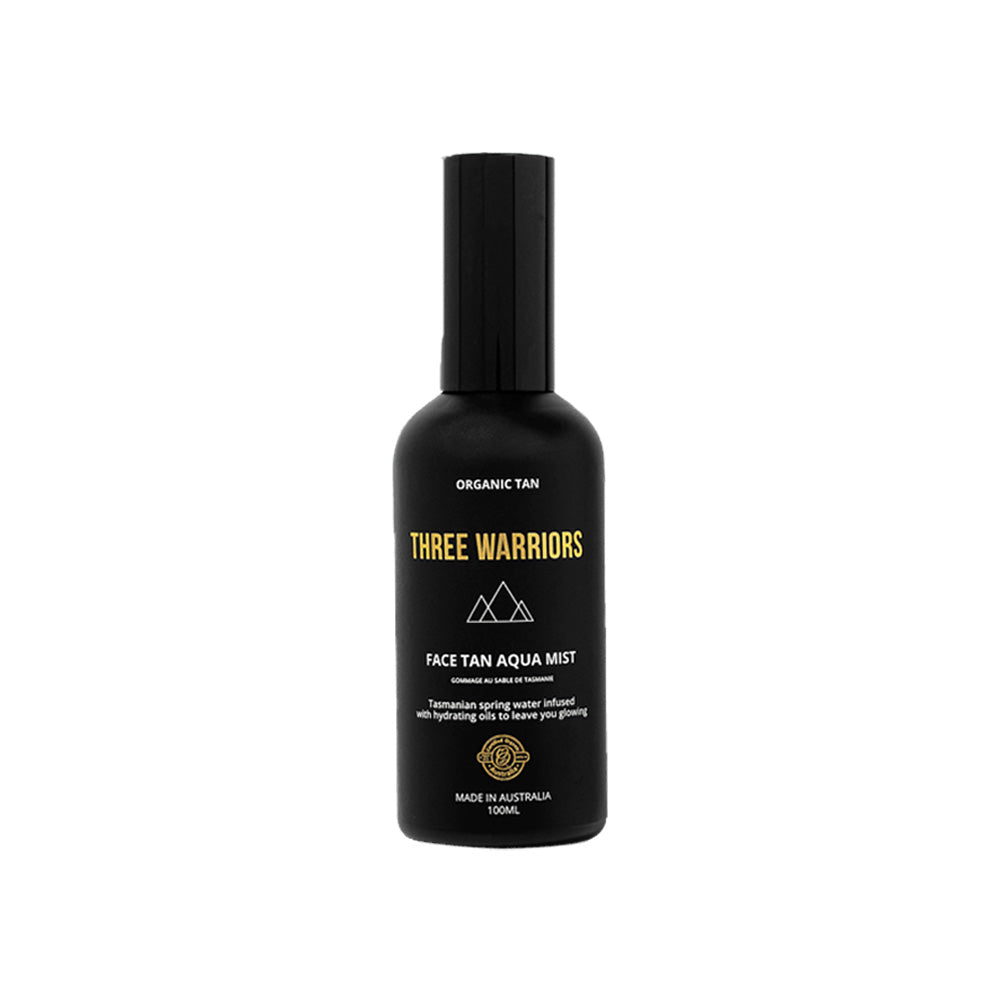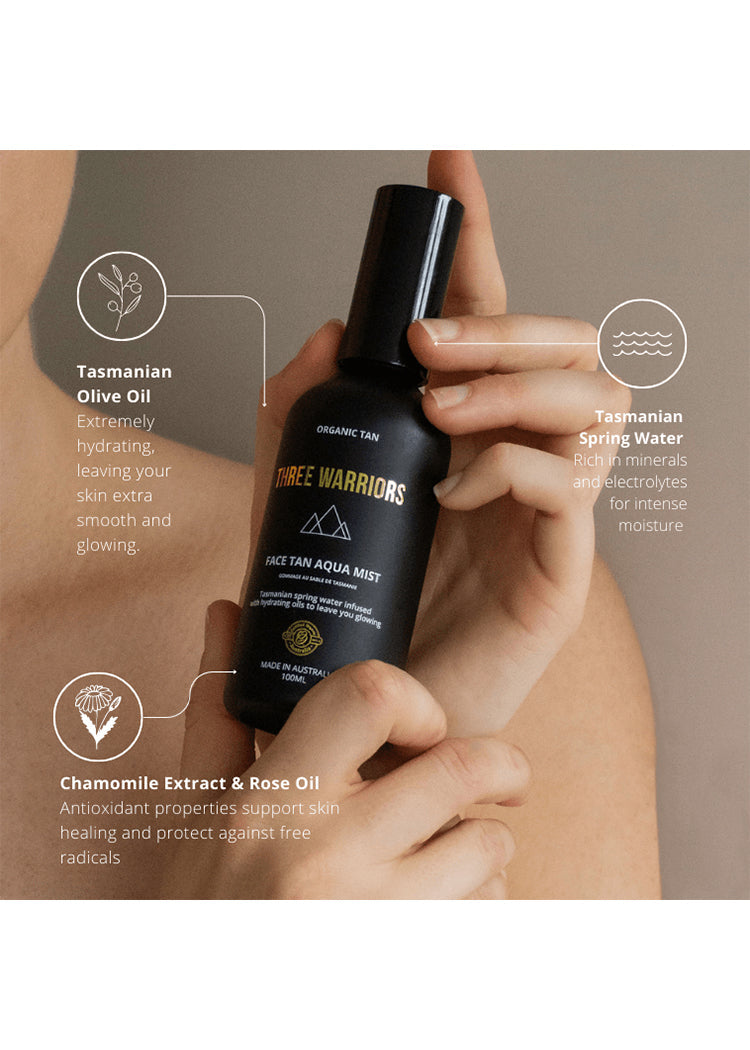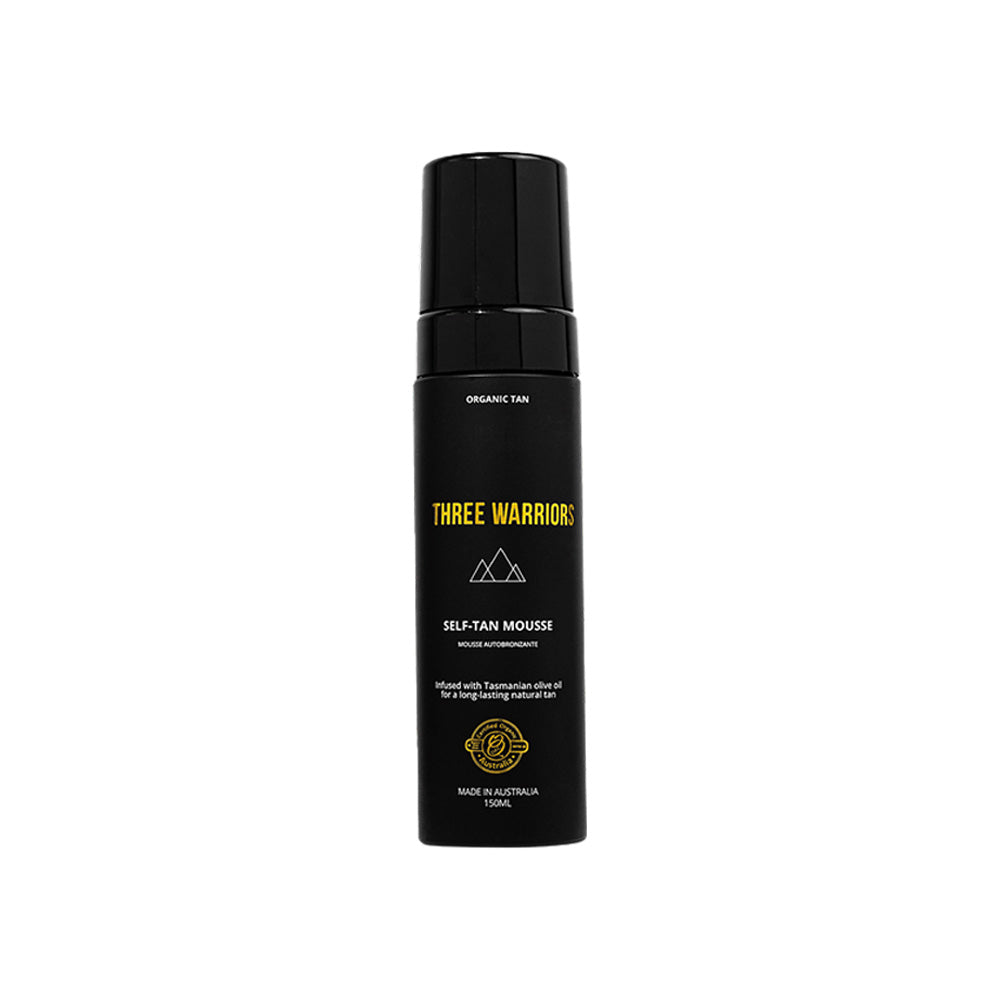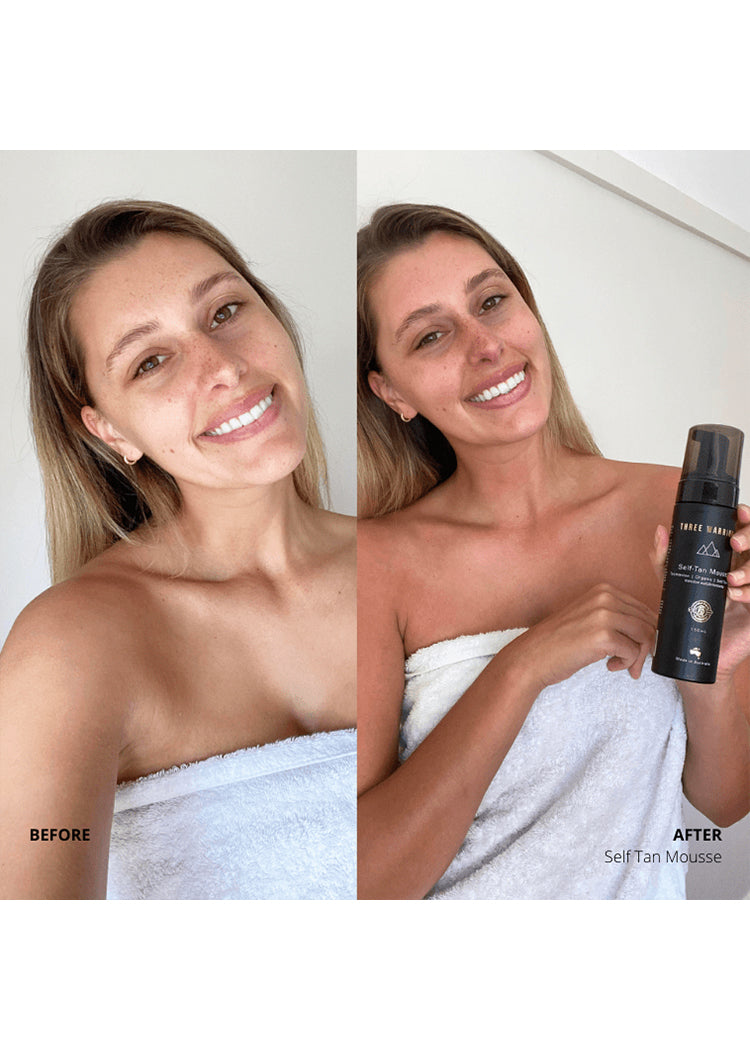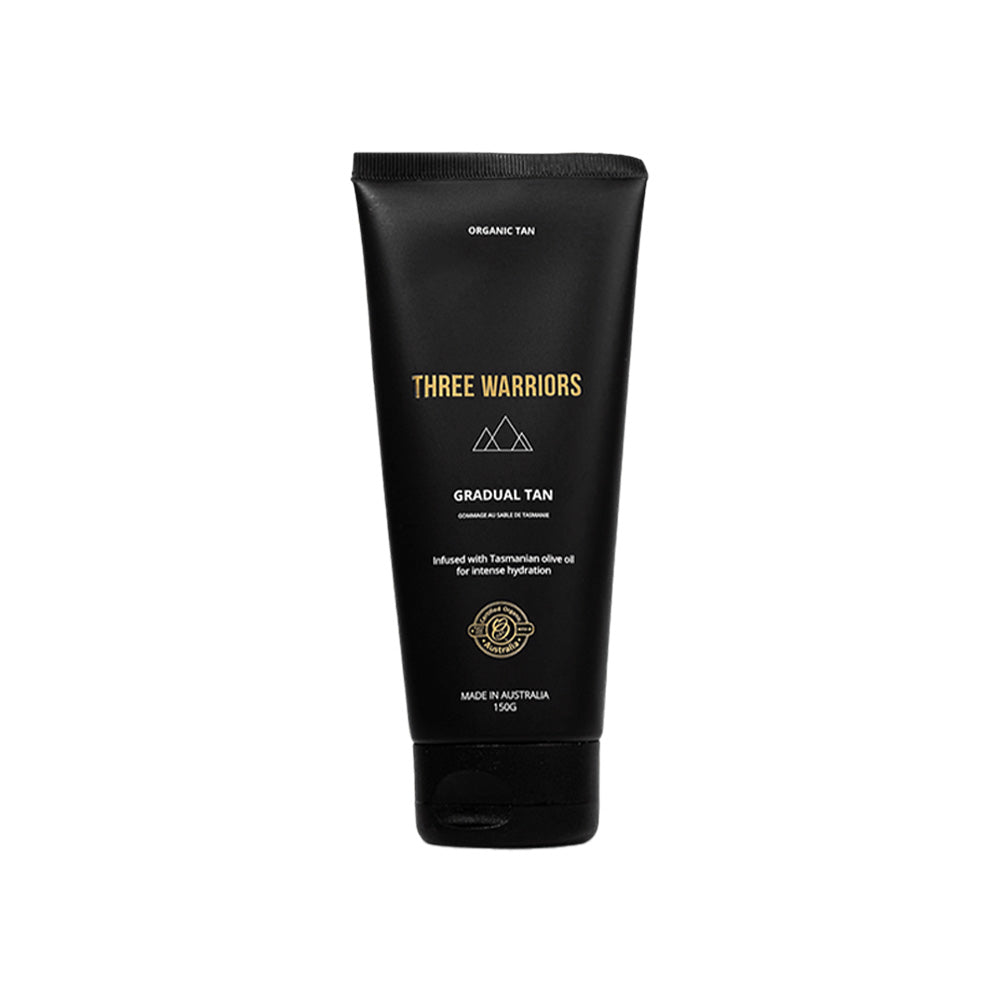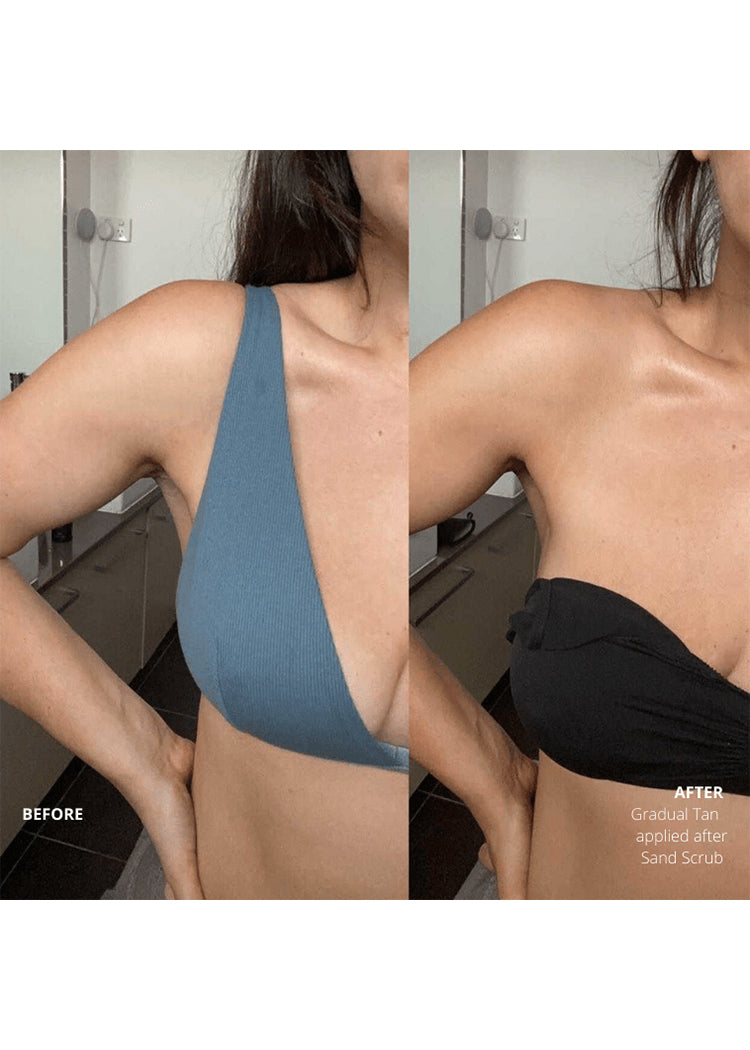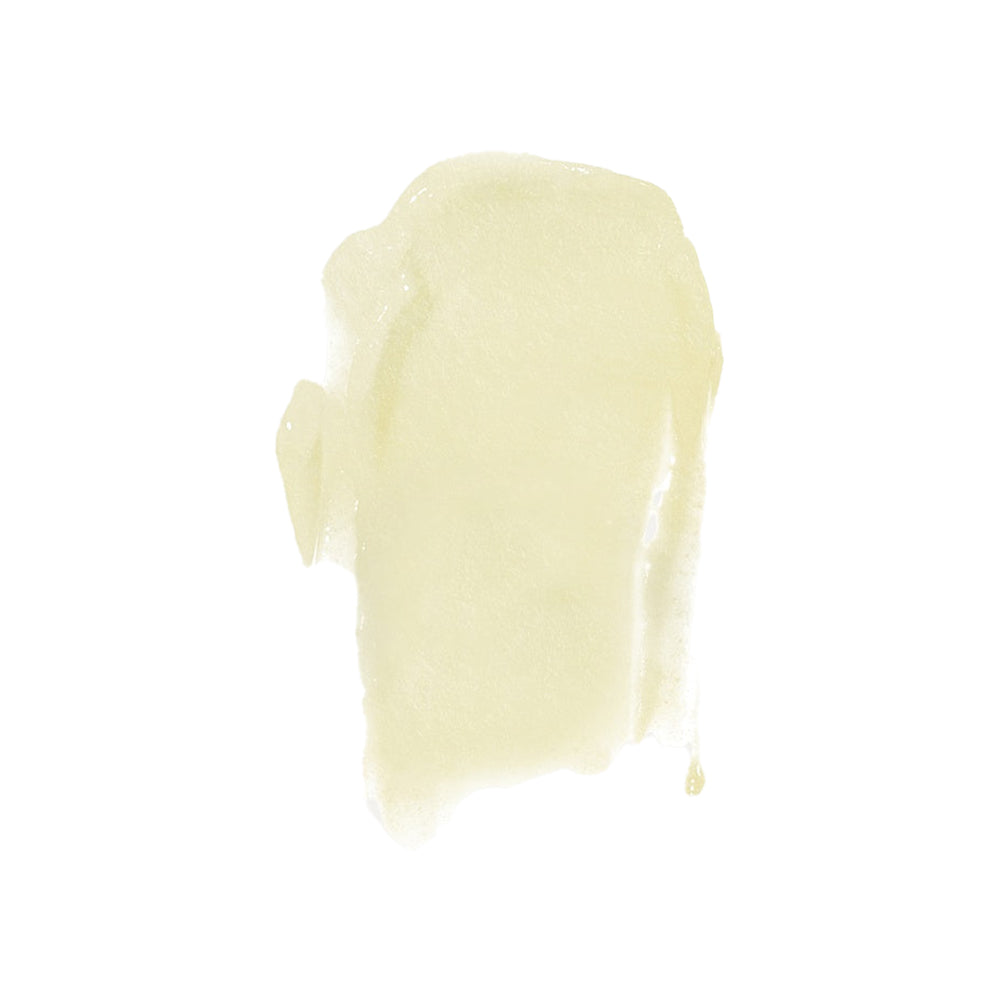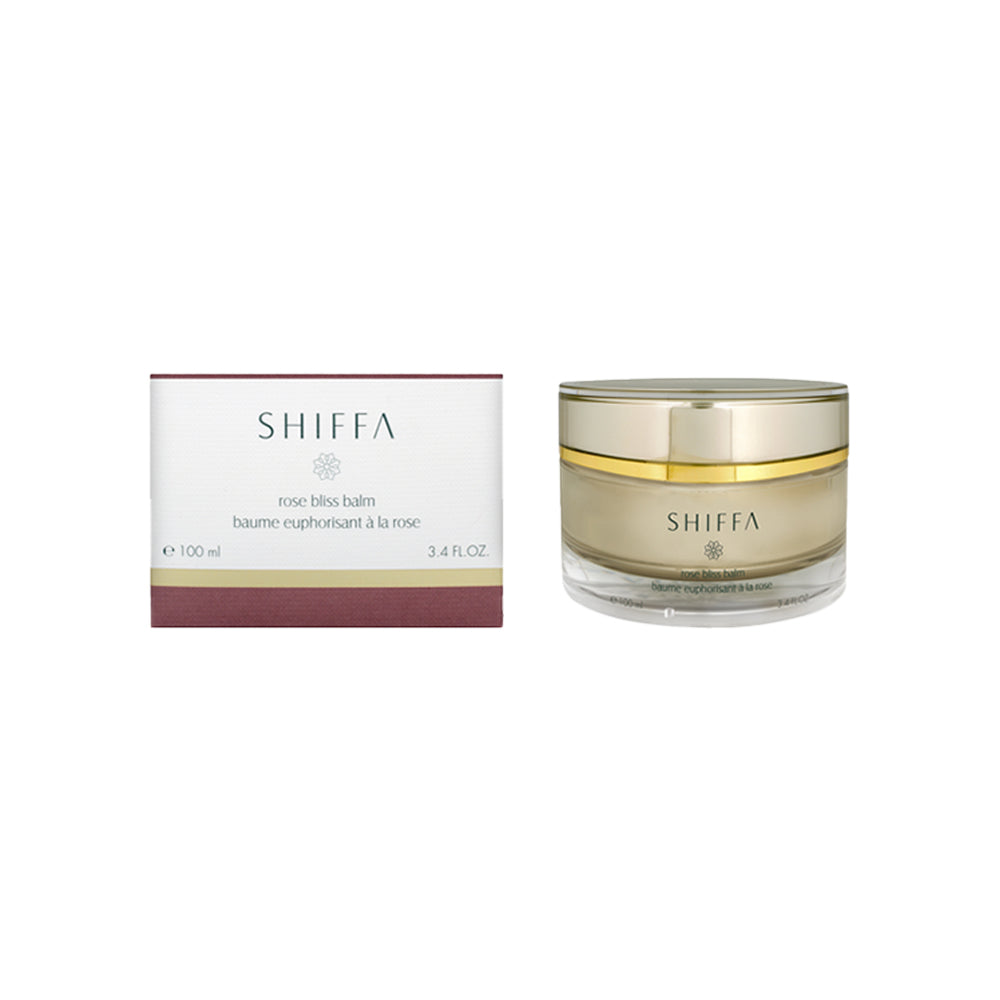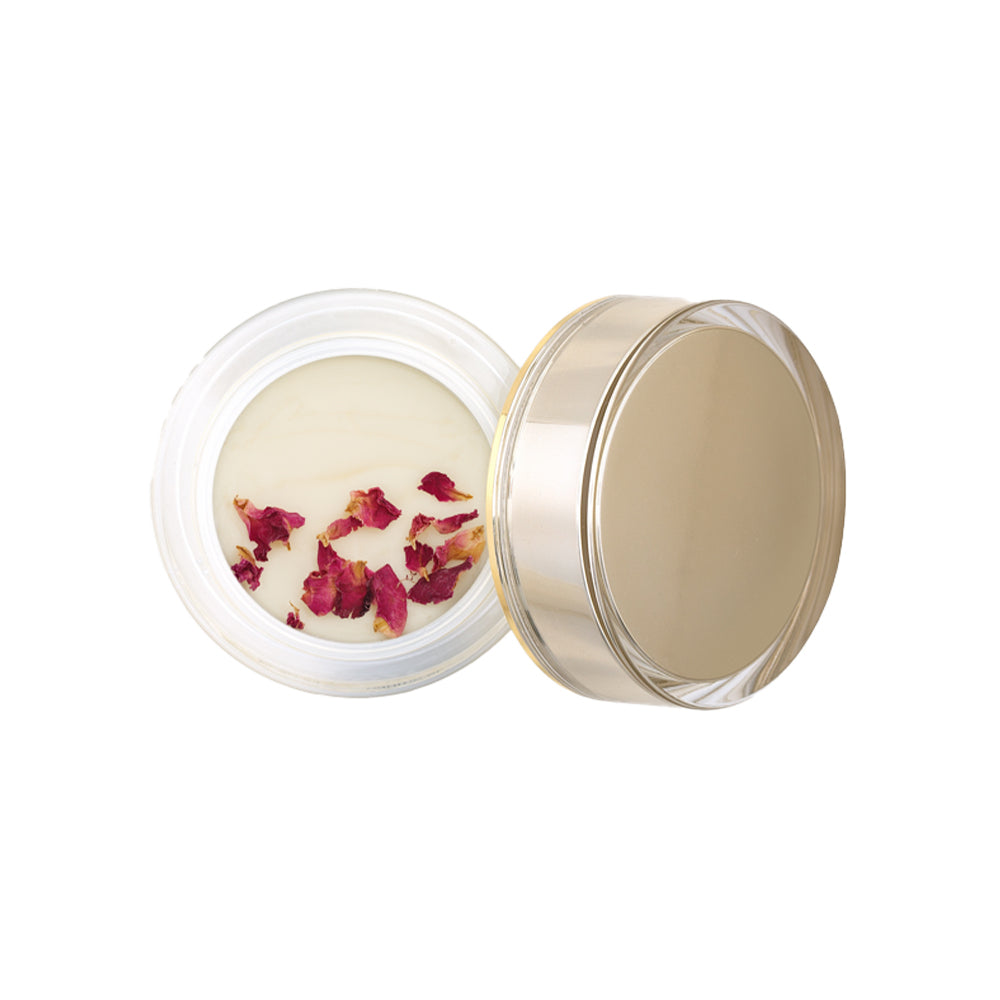Every week we see more must-have beauty hacks going viral on TikTok. This week, dry skin and sensitive skin types take note. It’s the turn of the humble skincare staple, Vaseline, to take center stage in this overnight facial treatment with a less-than-appealing, yet realistically named beauty trend, slugging.
Like most trends that go viral, this overnight beauty hack isn’t actually new. K-Beauty and the black community have been using this glow-booster since before TikTok was born. It’s a pretty old-school hydration method! But what is slugging? And does it really work?
What is slugging?
“The definition of ‘slugging’ means to coat your face in petroleum jelly or Vaseline overnight. It is thought to offer hydration and help heal irritated and overly dry skin whilst locking in additional products used as part of the night-time skin regime. It is also great for those suffering from dry skin conditions such as psoriasis or eczema,” says Dr. Ross Perry, Medical Director at Cosmedics Skin Clinics.
“Slugging is particularly good for those with sensitive skin as not only does it help with dry patches but it will also aid healing and irritation.”
So, while you might go to bed feeling like a slug, you’ll emerge the next morning with soft, glowing goddess skin.
Does slugging actually work?
Vaseline, ointments, or other petroleum jelly-like balms that are suitable for slugging are known as “occlusives”. Occlusives form a protective layer on the surface of your skin that acts as a barrier to prevent moisture loss and keep dirt, pollution, pollen, and other external irritants at bay too. They actually mimic your skin’s natural protective lipid barrier for a super-shield!
Similar to face masks, the “sealing” nature locks hydration in. There’s nowhere else for that moisture to go except for into the layers of your skin, so moisture absorption is increased.
Some experts and slugging users say it can also plump skin to provide an anti-aging effect and reduce the look of fine lines and wrinkles. There’s no doubt that having hydrated skin contributes to a more youthful complexion, but if you’re looking for anti-aging products specifically, look to antioxidants like vitamin C that boost collagen production.
Who is slugging for?
Slugging is ideal for dry, dehydrated, or sensitive skin types. For dryness and dehydration, Vaseline and other ointments and balm blends also have moisturizing properties. They act as emollients to soften skin and provide super-hydration.
When our skin becomes sensitive and experiences dry patches, redness, roughness, flaking, itchiness, bleeding, soreness, and so on, it’s usually because the skin barrier has been compromised in some way. Slugging could help to keep out anything that could further irritate sensitive skin, giving it room to heal. This is also why slugging could be great for wound healing, which makes it ideal for eczema.
Trans-epidermal water loss (TEWL) is when water evaporates through the skin to the external environment, and a variety of factors can affect it. Low humidity, drying skincare products, or skin damage can exasperate it, but hydration is one of the most important factors to maintaining youthful, healthy, glowing skin. Slugging keeps that all-important moisture in, while also softening skin and adding a dewy effect.
Does slugging clog pores?
“I wouldn’t recommend ‘slugging’ for those with acne-prone/oily skin and it’s just too greasy and can clog the pores and make acne worse,” says Perry.
Vaseline and other petroleum jelly products are often listed as non-comedogenic, but it's always better to be safe than sorry, so if you’re wary, you could just use your chosen slugging balm on particularly dry, chapped, or sensitive patches of skin overnight to reveal soothed, soft and hydrated skin by morning.
You might just opt to use it during cold winter weather when dry skin can be worse.
How to slug
- As part of your evening routine, cleanse your skin thoroughly.
- Apply a night serum like hyaluronic acid, niacinamide, retinol, AHAs (alpha-hydroxy acids), or BHAs (beta-hydroxy acids).
- Apply your moisturizer.
- Apply a thin layer of your chosen slugging balm. It could be Vaseline, Aquaphor, or any other jelly-like balm.
- Get a good night’s sleep. (Opt for cotton over silk pillowcase as the oily nature of these balms could cause silk to stain). Wake up to dewy, soft, radiant skin.
If you’re wary of quick fixes and are looking for more dry skin tips for hydrated skin, look to upping your water intake, a hydration supplement, or an overnight face mask. Hydrated, glowing skin is just around the corner!
